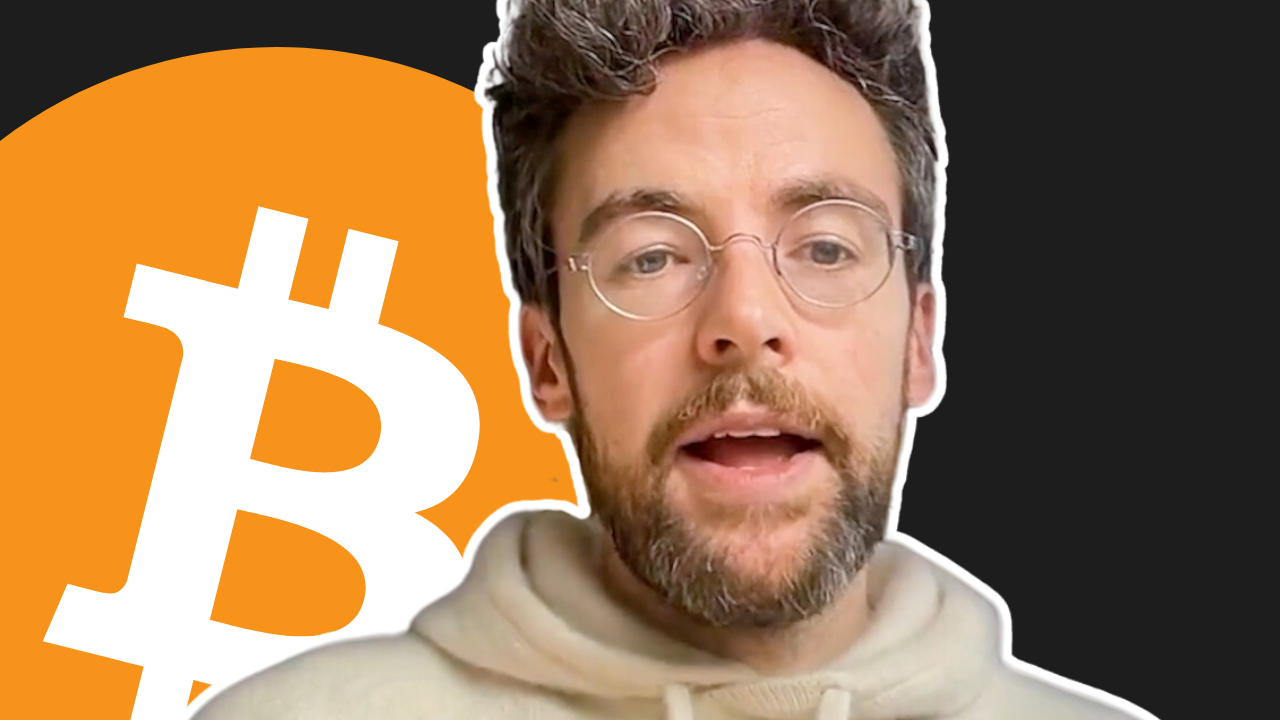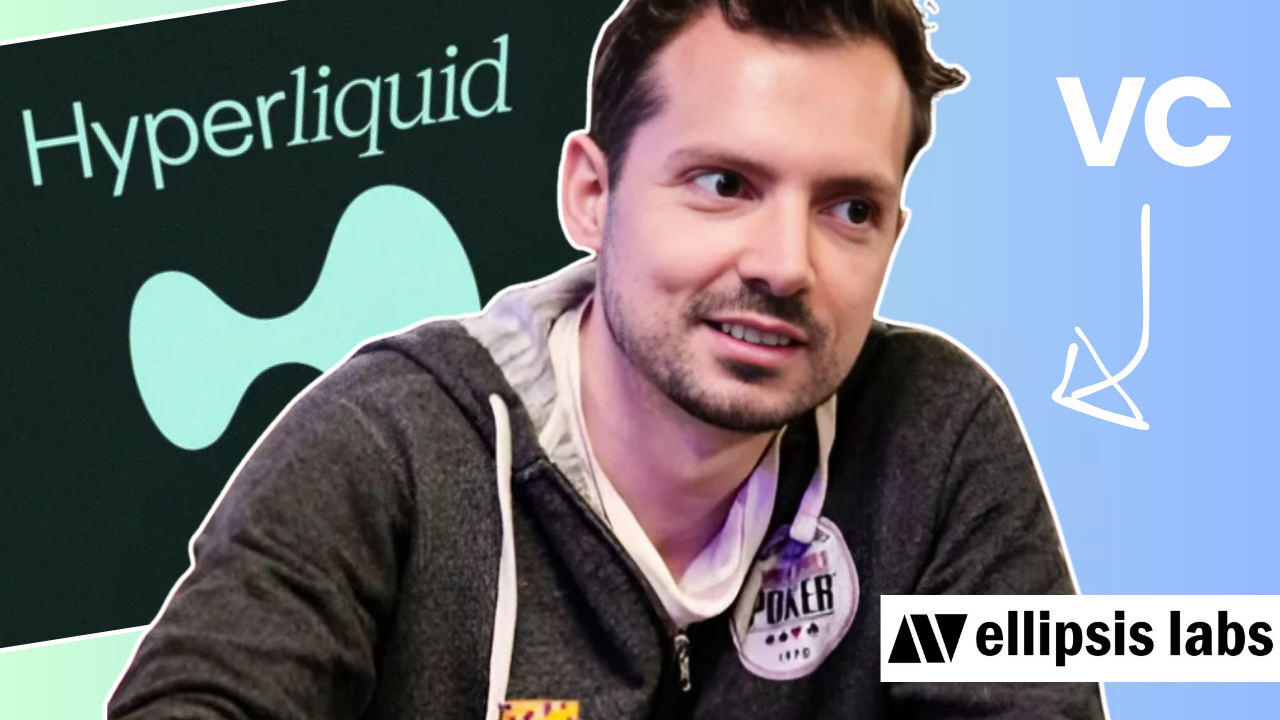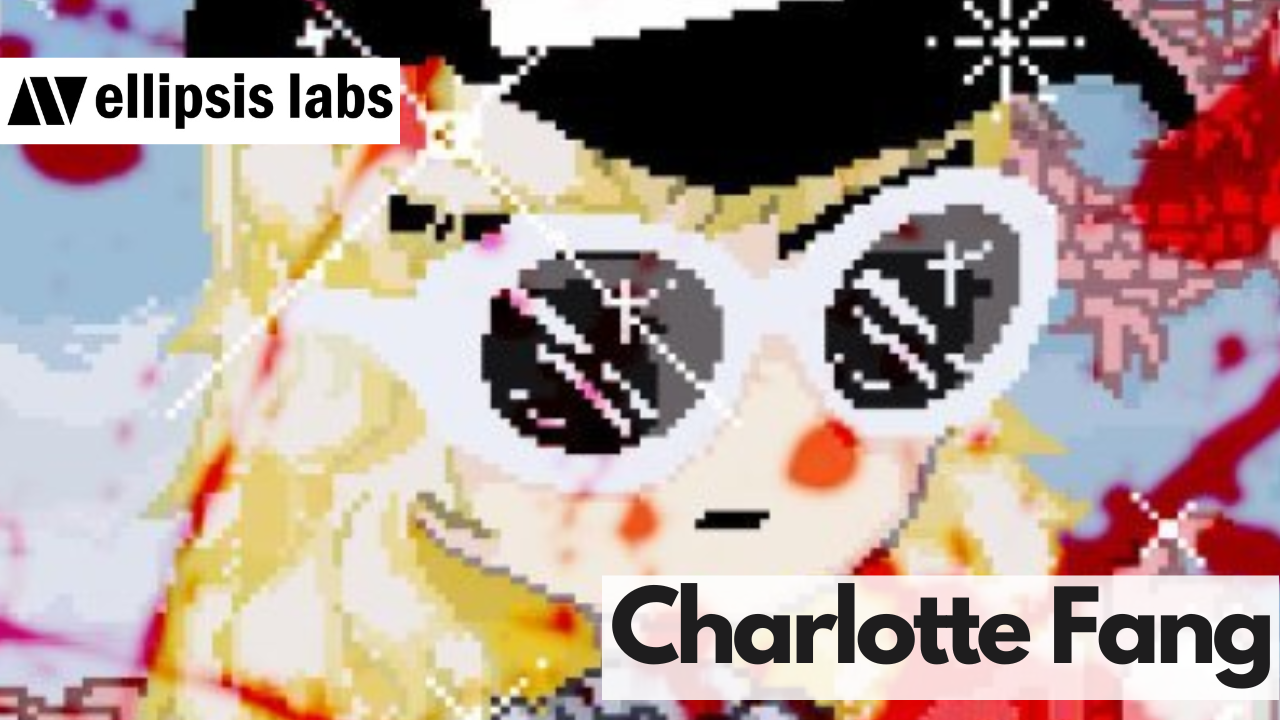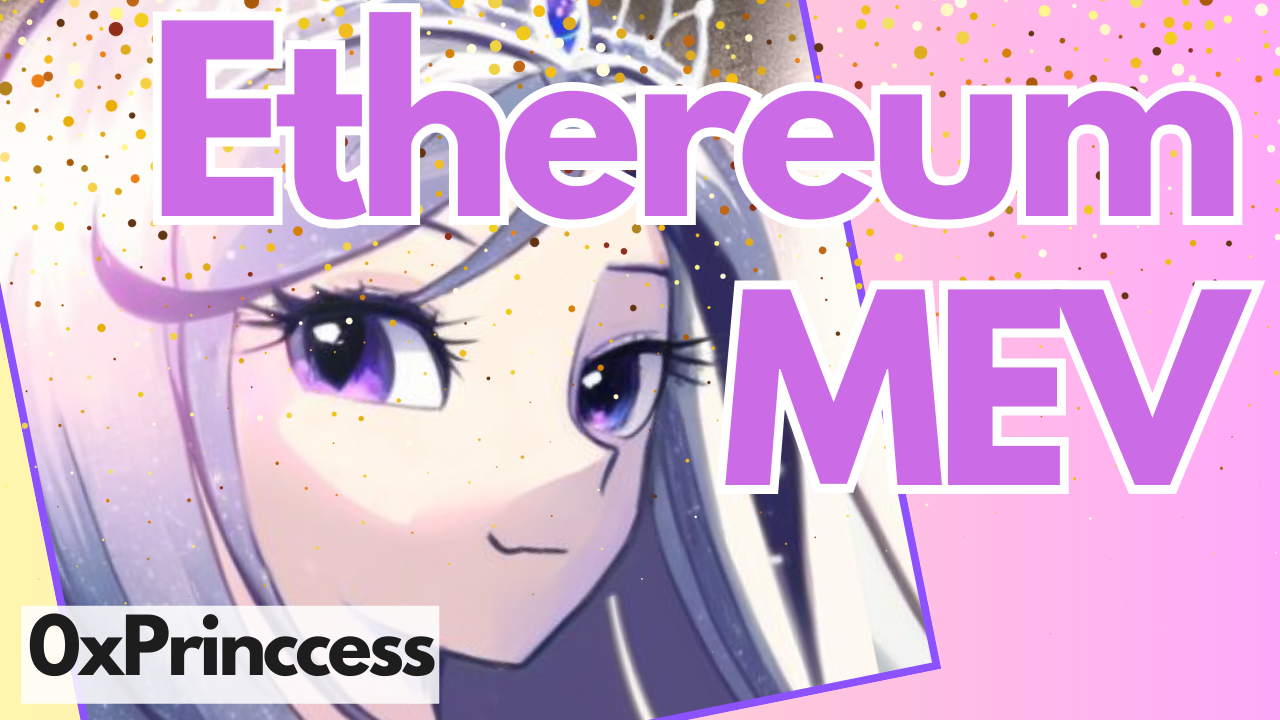Welcome back to The Gwart Show! Uri Klarman, known for his BloxRoute private mempool company, joins Gwart to discuss the future of MEV on Ethereum and Solana. Uri goes through ther Ethereum block builder journey, why public mempool’s are a problem in today’s on-chain economy, and his many (and we mean many) attempts to address MEV or miner malfeasance through token schemes.
Enjoy the show? Hit us up at hello@blockspace.media!
Here is the cleaned-up transcription with two speakers, Gwart and Uri:
Gwart: Hey, guys! Today we are here with Uri Klarman, founder of Blockstout, very well known for having frequent opinions on MEV and now has started a new venture. Uri, welcome! Would you like to introduce yourself and tell us what you do?
Uri: Hi, thanks for having me. I’m kind of excited about it. I’m Uri, CEO and co-founder of Blockstout. We can talk about what it’s like in a second. Yes, I’m recently very deep into DeFi, particularly MEV. I’ve recently been working on a project called Paladin, which we’re about to launch, basically to get rid of predatory MEV.
Gwart: I think you’re also known for solving MEV like every week on Twitter.
Uri: Yeah, yeah. You see how good I am? I see it all the time.
Gwart: Yeah, it’s like a frequent occurrence. Okay, awesome. So what is Blockstout? What are all the activities in which you engage?
Uri: A bit of context—I did my Ph.D. here at Northwestern University. Blockstout is kind of the crown jewel of my dissertation. In 2016-2017, I was doing my Ph.D. on computer networks. The question was: can we send transactions in blocks faster? This was during the Blocksize wars debate in Bitcoin and the Bitcoin Cash hard fork in 2017. I was very much on the big blockers’ side of the debate. So, I wondered if we could send larger blocks at shorter time intervals. Can we scale blockchain? The entire idea was actually scaling blockchain. So, we built the infrastructure to send information fast at that time. Then in 2020, during DeFi summer, all of a sudden, everybody wanted to see and send information fast. All the traders wanted to see the price and send their trade really fast to the max. It was the mining pools that wanted to front-run others and avoid getting front-run themselves. So, sending information quickly turned out to be like Las Vegas for DeFi, right? The people who connected Chicago and New York with fiber optics actually had front-running protection before Flashbots even existed. We were deep in the weeds over there. Then, Flashbots came out, and it became a thing. We ran an OFAC relay, and everybody started using it. All our customers began to say, “Oh, you also support BSC because we trade there.” So, we supported BSC, Polygon, and even Solana later on. At its peak, we were routing 40% of all DeFi volume across all chains. From there, we became a significant actor, serving everyone from major players to small searchers in basements in Taiwan. Then came the Ethereum merge and MEV-Boost. We ran two of the relays on Ethereum and a block builder, but more importantly, all the builders are our users and customers. So, we were deeply involved in helping build the solution for BSC and their ecosystem. I became a giant DeFi bull, but by 2019, I realized that this system was highly extractive, and it led me to MVVM and everything around that. So, nowadays, Blockstout gives the tools and infrastructure to do all of that. Recently, on Solana, we actually found our best product-market fit today; it does better than anything else. Do you remember when stock prices crashed, not yesterday, but six months ago? Everyone was trying to land their transactions because they were overleveraged or whatever. It turns out that landing transactions on Solana—forget MEV, forget everything—is the killer feature and the killer product. So, we have our own infrastructure, and we send it through different routes, ensuring that transactions go through fast and efficiently. This is our key product now: landing transactions.
Gwart: Let’s go back a bit regarding post-merge MEV, although you can certainly cite pre-merge MEV. I often see you on Twitter, right, like screeching about the current design of PBS and block building on Ethereum. But here’s one thing I will say: oftentimes, I’m not exactly sure what side you’re on. Sometimes I feel like you’re on one person’s side, and another time you’re screaming at somebody else. But maybe I’m also not quite as deep into it as you are, obviously. But I just want to ask: can you give an overarching view about PBS, block building on Ethereum, and MEV? Yeah, go ahead.
Uri: I was about to ask a question. I think I have a very coherent view on this, although it might not look that way from the outside. But here’s the thing: I am a giant DeFi bull. I want DeFi to compete with CeFi. That’s my end game. DeFi should beat CeFi. Ever since Flashbots came out, and this idea of doing an MEV auction became apparent to me, I realized that this auction—whether that’s PBS or a different kind of auction—is a negative-sum game. It’s not even a zero-sum game. The idea is that if validators and searchers extract the most value they can from DeFi, from LP, from users, etc., then DeFi sucks. This value isn’t creating value for people; it’s just extracting value. If DeFi sucks, then tomorrow there will be less liquidity and activity. If you have $1,000 and want to buy ETH or SOL, you’re better off buying it on Coinbase. You’ll get the correct price. In DeFi, if the price goes up, your transaction fails. If the price goes down, you still get to the overpaying amount you were willing to accept. If DeFi sucks, it will have less liquidity and activity tomorrow, and everyone will have less money. So, this is just getting smaller and smaller. If we extract the most value, DeFi sucks. It gets smaller, and there’s less money tomorrow. So, that’s piece number one.
Piece number two is this whole thing with solvers and the RFQ model. You say, “I have $1,000,” and you get a quote, maybe from Wintermute, maybe from QCP, or another actor. RFQs are great for many things, but RFQ will never compete with CeFi. The price you’ll get will be the correct price plus a few basis points of profit for the market maker who gave you the quote. They need to profit and compensate for the risk of holding it and getting sniped, etc. So, this is always going to be worse than open markets. If all we have is RFQ, DeFi will never compete with CeFi. So, my argument is that the current extractive MEV mechanism is stupid and almost a psyop. It’s not important. $100 million sounds like big money, but not for Ethereum validators and stakers. They will make more money by not front-running. If ETH goes up 1%, it pays more than ten years of front-running. My take is that we should find a design to incentivize validators not to front-run and sandwich. If we do, DeFi will get better, and we can compete with CeFi.
Gwart: What does DeFi competing with CeFi look like for you in an ideal world?
Uri: Here’s why I got into DeFi to begin with. In 2019, at the Pantera Summit, the head of the CFTC gave a talk about his time in the White House during the 2008 financial crisis. He explained how Lehman Brothers was about to crash, and they had to decide whether to save it or let it fall. The problem was they didn’t know how many banks were underwater because the information was spread across thousands of different books in a thousand different banks. They didn’t save Lehman Brothers, and it led to the 2008 crisis. If this had happened in DeFi, all that information would be available in real-time. So, in my view, DeFi, with its global, transparent, always-on financial system, is a very strong goal for us. What does DeFi competing with CeFi mean? It means gradually transitioning from CeFi to DeFi, having more and more happen in DeFi. The easiest transition is bank accounts. Bitcoin wallets are already better than having a bank account—you don’t need to pay fees, etc. Settlement times are faster too. So, that’s that. But we also need lending, price discovery, and other financial services to move to DeFi. Currently, price discovery happens in CeFi, and DeFi just follows. I want liquidity, activity, and price discovery to move to DeFi. DeFi competing with CeFi is DeFi eating CeFi, gradually moving more and more pieces from CeFi into DeFi because DeFi is more efficient in many ways.
Gwart: I think there’s a difference between transparency in mortgage-backed securities, which caused the 2008 financial crisis, and trading on-chain. I just don’t know how you expect to come to a global consensus on the state of a ledger better than, say, fiber optic wires to a database in New Jersey.
Uri: Even in CeFi, you have multiple trading centers around the world—Chicago, New York, London, etc. A centralized
system will always be more efficient than decentralized systems. However, our current centralized systems have many inefficiencies. DeFi might be slightly slower, but it’s always on. For example, when prices crashed yesterday and the trading terminals for CeFi froze, DeFi was still working. If you want people to transfer their bank accounts to DeFi wallets, they need to be able to trade, and that trading needs to be on-chain. Trading on-chain is important because it connects everything, and we need that to move the entire system to DeFi.
Gwart: Maybe this is something I’ll have to wait and see, but it’s clear that crypto is useful for something like USDC transfers, which are so fast compared to wire transfers. But when we get into the financialized aspects, I feel like we’ve lost a bit of the edge.
Uri: I think it’s not even about sharing inside information. It’s public knowledge. PBS incentivizes private order flow. For instance, if there’s a block with a transaction worth $10 and all builders know about it, then they’ll bid against each other, and the validator gets the money. But here’s what happens: when there’s a block that pays a lot of money, builders keep 80% of that paycheck to themselves and only pass a small amount to the validator. If a builder has valuable private order flow, they keep it to themselves and try to win with it. Only if they see they won’t win, they share it. This dynamic creates a situation where those with the best private order flow deals are the winners, which is worse than CeFi because there’s no regulation ensuring they execute at the best national bid.
Gwart: This sounds worse than CeFi because they don’t have to execute at the best price, and there’s no regulation.
Uri: Exactly. If you’re thinking, “Why are we even doing this?” I agree. It’s not decentralized or permissionless. So, what’s the solution for Ethereum?
Uri: I started thinking about Paladin in the context of Ethereum to solve this problem. The long-term incentive is for everyone not to front-run or sandwich, and they would all be richer if they didn’t. But the short-term incentive is to sandwich because validators can make slightly more money that way. It’s a classic tragedy of the commons: everyone would be better off if no one did it, but when it’s your turn, you’re incentivized to do it. So, the solution is to fix the short-term incentive while ensuring that validators and stakers will make more money in the long term if they don’t front-run.
Gwart: What if people think that in the long run, we’re all dead, so they should extract now because tech iterates, and there’s no guarantee that stopping extraction will improve the value proposition of ETH or SOL in the long run?
Uri: If someone tells me that, I’d say they don’t believe in the long-term value of crypto. If you’re a validator with large bags of ETH or SOL, you should care about the long-term value. If you don’t think anything we do here is valuable, then I don’t know why you’re in crypto. But most people believe that if we make Ethereum better and have more activity, liquidity, and useful features, it will result in higher value, even if only by 1%.
Gwart: This reminds me of the argument that miners should be honest because their profit is tied to Bitcoin’s long-term success, just like validators should care about the long-term value of ETH.
Uri: I disagree with that. Miners do what they do because it makes them money. The idea is that if no single entity has more than 50% of the network, no one can screw the network. If someone tries to force a reorg, the rest will continue on a different path. It’s not about the infrastructure investment; it’s about extending the longest chain to get the reward.
Gwart: Okay, let’s take a step back.
Uri: My point is that long-term incentives are aligned, but the problem is the short-term incentive to front-run and sandwich. Validators and stakers would be better off if no one did it, but the current winning strategy is to sandwich. What we should be solving is that short-term incentive.
Gwart: Let’s hear about Paladin.
Uri: Paladin is designed to solve the short-term incentive to front-run and sandwich. It started on Ethereum, but the auction mechanism is so ingrained there that I found it easier to build on Solana. Paladin aims to incentivize validators to include transactions honestly and avoid front-running and sandwiching. It has two pieces: first, Paladin bot captures only good MEV, not front-running or sandwiching. It looks at the state after transactions are executed and injects transactions to capture arbitrage. Second, we create a token, the PAL token, which is valuable because it’s tied to a cash flow. The bot captures 10% of MEV, and this goes to token holders.
Uri: Validators are airdropped a significant portion of these tokens, and they’re incentivized to behave honestly because if they misbehave, they risk being slashed by other validators. The idea is to create a pack mentality where validators are incentivized to follow the rules, and if they go against the pack, they risk losing their stake in the system. The Paladin bot makes sure that validators capture good MEV, ensuring that prices are corrected in real-time, and users get the best execution possible. By creating this token, we’re not only giving validators a new revenue stream but also creating a form of collateral that aligns their incentives with the long-term health of the ecosystem.
The PAL token is a form of collateral to incentivize specific behavior. If validators act honestly, they earn more through the token. If they misbehave, they risk losing that collateral. This way, we align short-term incentives with long-term goals, ensuring that validators act in the best interest of the network.
Gwart: So, in summary, Paladin is designed to align the incentives of validators with the long-term health of the network, using the PAL token as both a reward and a form of collateral to discourage bad behavior.
Uri: Exactly. We’re trying to solve the tragedy of the commons by ensuring that everyone has a vested interest in playing by the rules. The PAL token acts as a powerful incentive for validators to act honestly, and by doing so, they can earn more in the long run. This creates a more stable and trustworthy system, ultimately leading to a stronger DeFi ecosystem.
Gwart: That sounds like a fascinating approach to tackling the issues with MEV and aligning incentives in the DeFi space. It will be interesting to see how Paladin evolves and the impact it has on the ecosystem.
Uri: We’re excited about the potential of Paladin to make a real difference in the DeFi space. It’s all about creating the right incentives and ensuring that everyone benefits from a healthier and more transparent system.
Gwart: Thanks for sharing all this insight, Uri. I’m sure our listeners will be eager to learn more about Paladin and see how it develops.
Uri: Thank you for having me. It was great to discuss these ideas and share our vision for a better DeFi ecosystem.
Gwart: Thanks for listening to The Court Show on the Block Space Podcast Network. Subscribe to our newsletter at Blockspace.media to get the show directly to your inbox. Show links, transcripts, and Bitcoin articles twice per week. Stay ahead of the conversation by visiting Blockspace.media.








